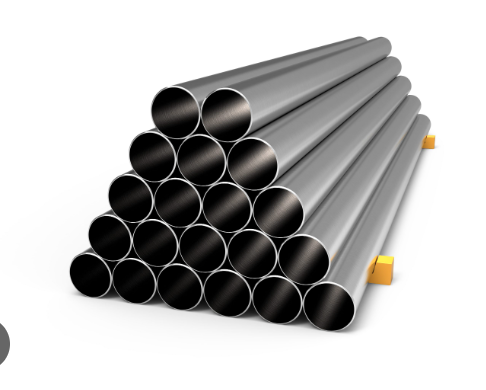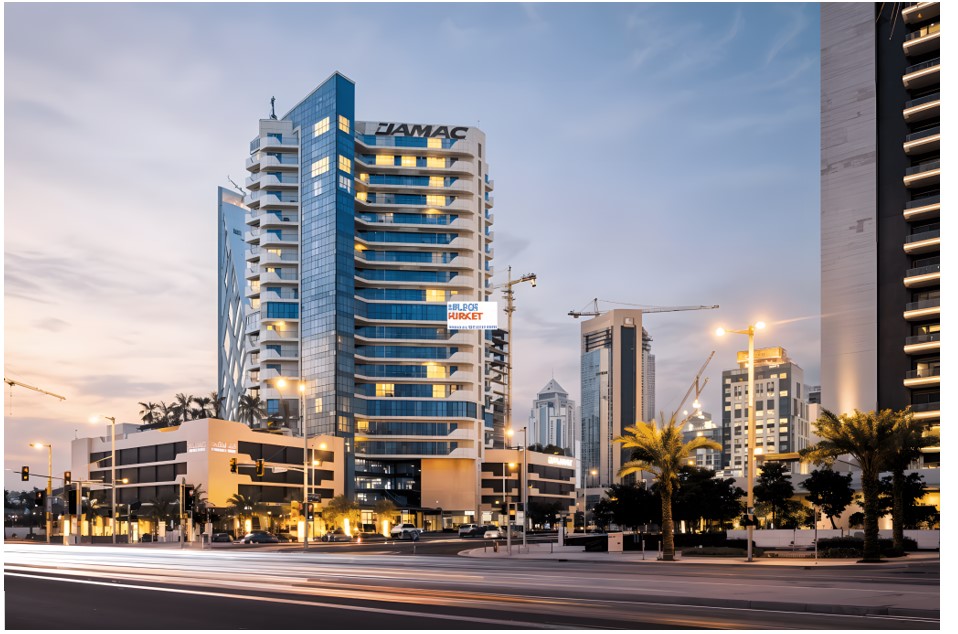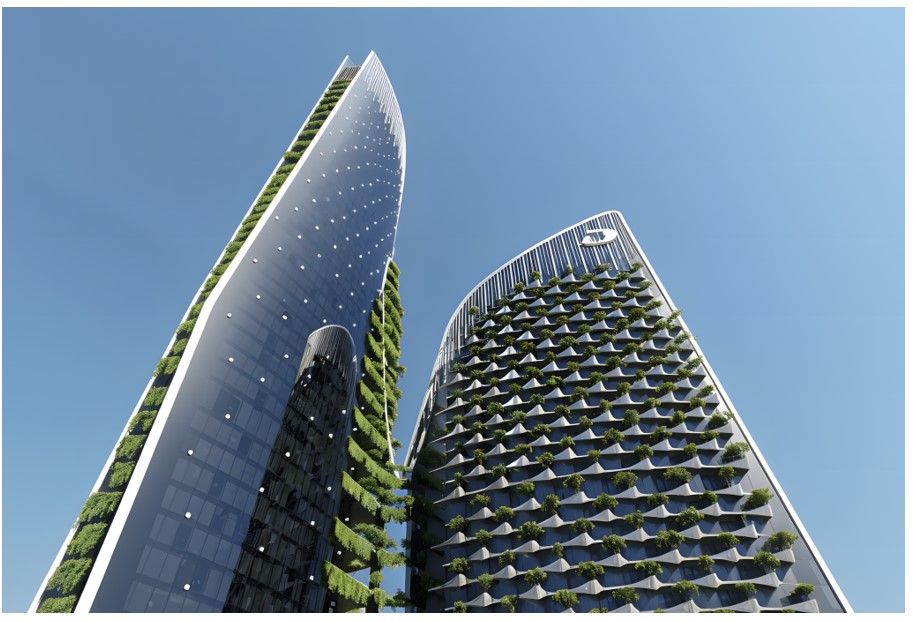Comprehensive Insights into Drawn Aluminum Tubes: Properties, Applications, and Advantages

Strong 8k brings an ultra-HD IPTV experience to your living room and your pocket.
Aluminum has become a preferred material across various industries due to its lightweight, high strength, and excellent corrosion resistance. Among the various forms of aluminum, drawn aluminum tubes have gained popularity for their enhanced mechanical properties and versatility. This article will explore the characteristics, manufacturing processes, applications, and advantages of drawn aluminum tubes, providing a thorough understanding of why they are essential in modern manufacturing.
1. What are Drawn Aluminum Tubes?
a) Definition and Overview
Drawn aluminum tubes are hollow aluminum structures produced through a process that involves extrusion followed by a drawing operation. This manufacturing method enhances the material's mechanical properties, allowing for increased strength and improved dimensional accuracy compared to standard aluminum tubes.
b) Key Characteristics of Drawn Aluminum Tubes
Drawn aluminum tubes are distinguished by several key characteristics:
• High Strength-to-Weight Ratio: The drawing process enhances the tube’s strength while keeping it lightweight, making it ideal for applications where reducing weight is crucial.
• Excellent Corrosion Resistance: Aluminum naturally resists corrosion, and the drawn tubes maintain this property, ensuring longevity in various environments.
• Dimensional Precision: The drawing process provides superior control over dimensions, resulting in tight tolerances and a smooth surface finish.
• Versatile Fabrication Options: Drawn tubes can be easily machined, welded, and formed, making them suitable for various applications across industries.
c) Common Alloys Used for Drawn Aluminum Tubes
Drawn aluminum tubes are typically manufactured from specific aluminum alloys, which enhance their performance. Common alloys include:
• 6061 Alloy: Known for its high strength, weldability, and corrosion resistance, it is widely used in structural applications.
• 6063 Alloy: This alloy offers good extrudability and is often used in architectural applications due to its aesthetic properties.
• 2024 Alloy: Known for its high strength and fatigue resistance, this alloy is commonly used in aerospace applications.
2. Manufacturing Process of Drawn Aluminum Tubes
a) Extrusion
The manufacturing process begins with the extrusion of aluminum billets. The billets are heated and pushed through a die to create a hollow tube shape. This initial step establishes the basic geometry of the drawn aluminum tube.
b) Heat Treatment
Post-extrusion, the tubes undergo heat treatment to enhance their mechanical properties. Heat treatment increases hardness and strength, preparing the aluminum for the subsequent drawing process.
c) Drawing Process
During the drawing process, the extruded tubes are pulled through a die, which reduces their diameter and elongates their length. This operation can be performed in multiple stages, allowing manufacturers to achieve the desired final dimensions with high precision.
d) Annealing
After drawing, the tubes may undergo annealing. This process involves heating the material and then allowing it to cool slowly, relieving any internal stresses introduced during drawing. Annealing enhances workability and ensures the tubes are less brittle.
e) Cutting and Finishing
The tubes are then cut to the specified lengths. Various finishing options may be applied, such as polishing, anodizing, or painting, to improve surface appearance and protect against corrosion.
f) Quality Control
Quality control is essential throughout the manufacturing process. Inspections are conducted to ensure the tubes meet specified standards for dimensions, surface finish, and mechanical properties. Common tests include:
• Dimensional Inspection: Ensuring the tubes conform to specified measurements.
• Mechanical Testing: Assessing properties like tensile strength and yield strength.
• Surface Inspection: Checking for any surface defects, such as scratches or imperfections.
3. Applications of Drawn Aluminum Tubes
a) Aerospace Industry
The aerospace sector extensively utilizes drawn aluminum tubes due to their high strength-to-weight ratio and corrosion resistance. Key applications include:
• Aircraft Frames: Used in structural components to reduce overall weight while maintaining integrity.
• Fuel Lines and Hydraulic Systems: Ensuring safe and lightweight conduits for fuel and hydraulic fluids.
b) Automotive Industry
In the automotive field, drawn aluminum tubes are employed in various applications, including:
• Chassis and Support Structures: Their lightweight nature contributes to fuel efficiency and improved vehicle performance.
• Heat Exchangers: Used in radiators and cooling systems, providing efficient heat transfer.
c) Construction and Architecture
Drawn aluminum tubes are vital in construction, where they serve numerous purposes:
• Support Structures: Employed in scaffolding, railings, and other support applications due to their strength and durability.
• Architectural Features: Used in window frames and curtain walls, offering both aesthetic and functional benefits.
d) Marine Applications
In the marine industry, drawn aluminum tubes are favored for their resistance to corrosion from saltwater. Common uses include:
• Boat Frames: Lightweight and durable, they are used in the construction of boats and marine structures.
• Fittings and Railings: Drawn tubes provide reliable components for various marine hardware.
e) Medical Devices
The medical sector utilizes drawn aluminum tubes in applications such as:
• Surgical Instruments: Their lightweight properties and ability to be sterilized make them ideal for surgical tools.
• Medical Equipment: Used in various devices requiring precision and reliability.
4. Advantages of Drawn Aluminum Tubes
a) Enhanced Strength and Weight Reduction
One of the most significant advantages of drawn aluminum tubes is their high strength combined with lightweight properties. This is particularly beneficial in industries where minimizing weight is critical, such as aerospace and automotive.
b) Natural Corrosion Resistance
Aluminum's inherent corrosion resistance allows drawn tubes to be used in various environments without extensive protective coatings. This feature is especially advantageous in outdoor and marine applications.
c) Cost Efficiency
Despite their superior properties, drawn aluminum tubes can be cost-effective in the long run. Their lightweight nature can reduce shipping and handling costs, contributing to overall economic advantages for manufacturers.
d) Wide Range of Applications
The versatility of drawn aluminum tubes allows them to be utilized across numerous industries, making them a popular choice among manufacturers looking for adaptable solutions.
e) Sustainability and Recyclability
Aluminum is a 100% recyclable material, making drawn aluminum tubes an environmentally friendly option. This aspect aligns with the growing focus on sustainable manufacturing practices.
7. Conclusion
Drawn aluminum tubes are an essential component in various industries, known for their strength, lightweight nature, and corrosion resistance. From aerospace to medical applications, these tubes provide numerous advantages that make them a preferred choice for manufacturers. As the industry continues to evolve, drawn aluminum tube suppliers must emphasize quality, sustainability, and innovation to remain competitive. Understanding the properties, manufacturing processes, and applications of drawn aluminum tubes equips businesses to make informed decisions and harness the benefits of this versatile material.
Note: IndiBlogHub features both user-submitted and editorial content. We do not verify third-party contributions. Read our Disclaimer and Privacy Policyfor details.







